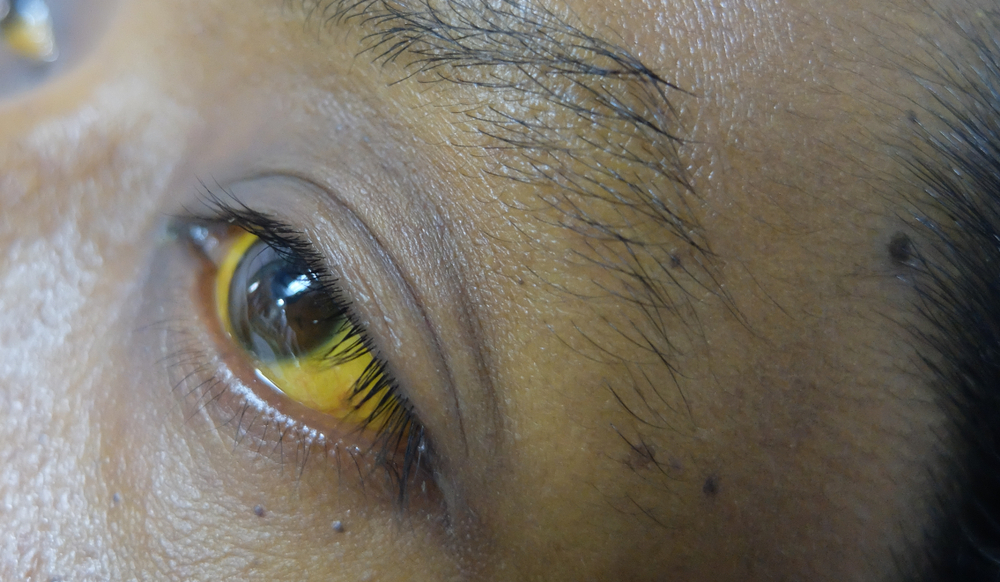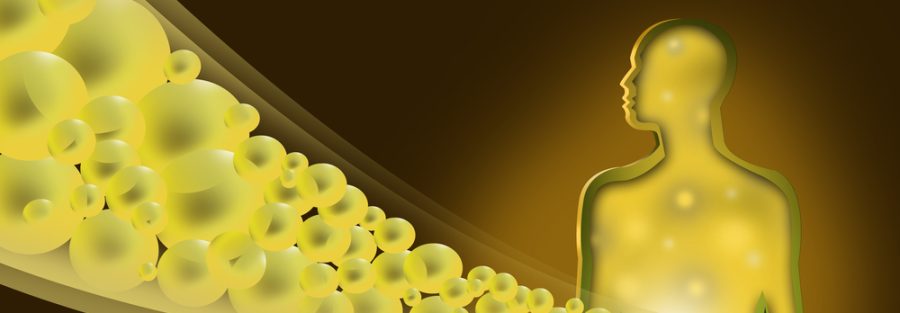Jaundice involves someone taking on yellow pigments, specifically in the skin and eyes. The yellowing pigment is caused by a compound called bilirubin; a component of bile and the main cause of bruises being yellow, and after its metabolism, the yellowness of urine and brownness of feces.
Causes of Jaundice:
When red blood cells breakdown naturally in a 120-day cycle, bilirubin is produced as a waste by-product. The liver as we know, filters waste from the blood, and when bilirubin reaches the liver with other chemicals attached to it, a substance called conjugated bilirubin results. The liver produces bile; a digestive juice. When conjugated bilirubin enters the bile and leaves the body. It is this type of bilirubin that gives feces its brown colour.
If there is too much bilirubin, it can leak into the surrounding tissues. This is known as hyperbilirubinemia, and it causes the yellow colour in the skin and the eyes
There are three main types of jaundice:
Hepatocellular jaundice occurs as a result of liver disease or injury.
Hemolytic jaundice occurs as a result of hemolysis, or an accelerated breakdown of red blood cells leading to an increased production of bilirubin.
Obstructive jaundice occurs as a result of an obstruction in the bile duct. This prevents bilirubin from leaving the liver.

Signs and symptoms:
Jaundice is a sign of an underlying disease process. Common signs and symptoms seen in individuals with Jaundice include;
Yellow discolouration of the skin and the white of the eye
Mucus membranes on the tongue
Light-coloured stools
Dark coloured urine
Itching of the skin
The underlying disease process may result in additional signs and symptoms. These may include;
Nausea and vomiting
Abdominal pain
Fever
Weakness
Loss of Appetite
Headache
Treatment:
Treatment for jaundice depends on the underlying cause. It is often targeted at the cause rather than the jaundice symptoms.


